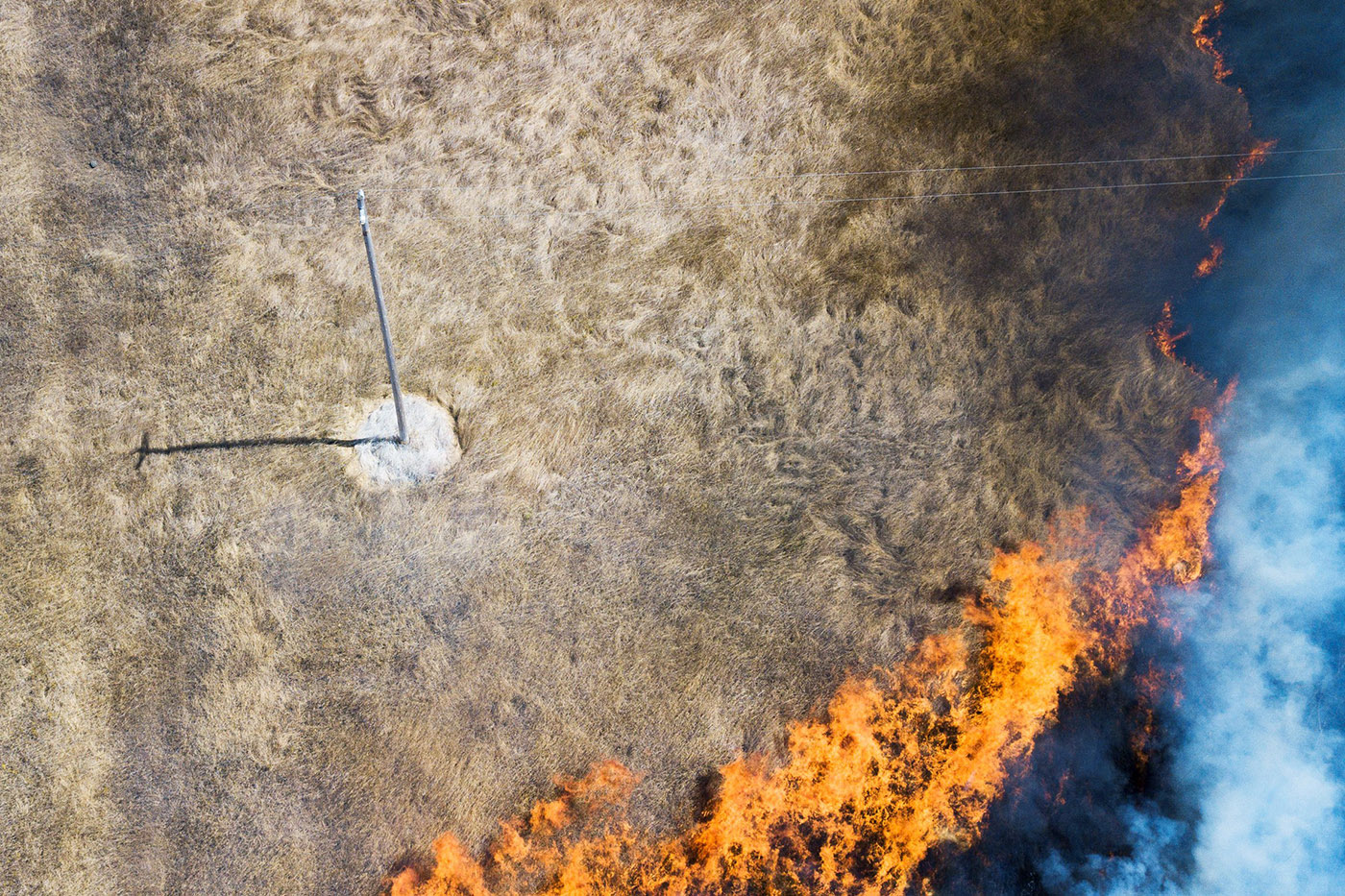Cal Poly adjunct professor Jesse Acosta has taken part in developing a new form of fire prevention.
The product, called Fortify, is made up of a gel-like substance commonly used in medicine to ferry drugs into the body. The gel is mixed with standard fire retardant, and is sprayed onto high-risk areas to create a coating of protection.
According to Acosta, simply spraying retardant onto “flashy fuels,” like dry grasses that ignite quickly, is a short-term solution that is rendered useless by high winds or rain.
The Fortify product acts as a compliment to methods already being used for fire-prevention, adding an extra layer of protection to the volatile topography.
“Fortify is a tool that fills the gap between methods like mowing and cutting down to bare mineral soil,” Acosta said. “If we mow what’s necessary, and spray our material onto the vegetation still present, you’ll have completely mitigated the risk of wildfire.”
In the fall months on the Central Coast, fires pose are extreme risk due to the heavy seasonal winds and dry spells.
Acosta said that roughly 84 percent of fires in California start by a roadside. He also explained that large inclines, like the Cuesta Grade in San Luis Obispo, pose an especially high risk.
When heavy loads are being transported on top of a high slope and grade, a spark can ignite dry roadside areas and spread quickly, Acosta said.
Approximately 1.8 million acres were burned throughout California in 2018, according to an annual study from the National Interagency Coordination Center.
“In 100 years, I hope we can see a fire on the landscape, something [our environment] desperately needs, and know it won’t lead to something catastrophic.”
Fortify was researched and developed in tandem with scientists from Stanford University, and their findings are published in the Proceedings of the National Academy of Sciences of the United States of America.

